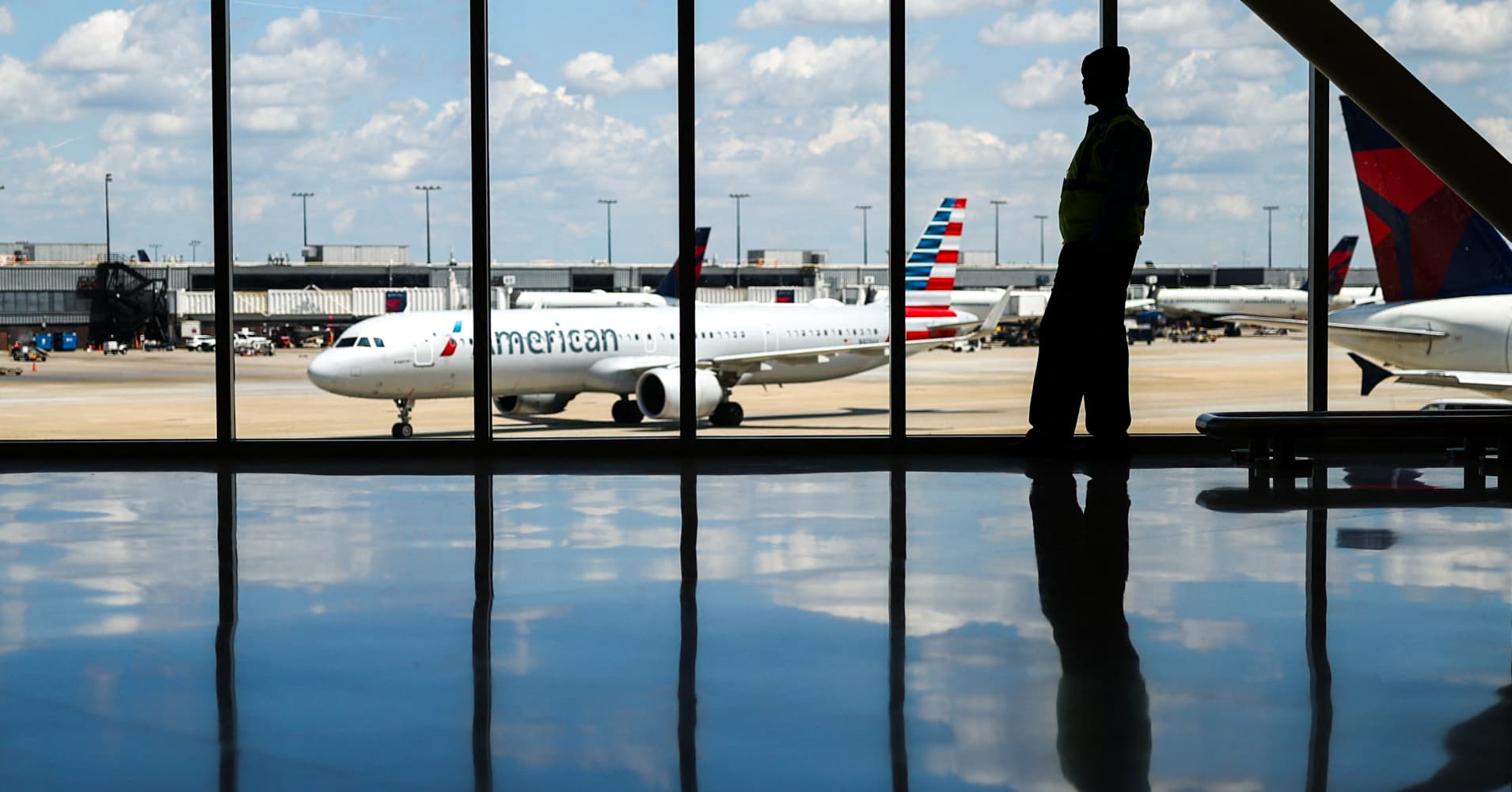The Changing Landscape of Summer Travel
Summer travel has become increasingly unpredictable for many airlines in recent years. With schools across the United States returning from summer break, airlines have adjusted their schedules to match the shifting demand. As a result, airfares are on the rise due to improved demand and reduced flight availability. This shift has made it more challenging for airlines to maintain profitability during the traditionally lucrative summer months.
Why Airlines Are Adjusting Their Schedules
Airlines have been reducing their schedules in August for several reasons. One key factor is that some travelers are opting to fly earlier, in June or even May, as school breaks have started earlier than in previous years. Additionally, demand for flights to Europe has shifted from the hot and crowded summer months to the fall. This change is particularly noticeable among travelers with more flexibility, such as retirees.
Despite these shifts, airlines still rely heavily on revenue from the second and third quarters. However, the changing travel patterns and unpredictable customer behavior have made the third quarter less of a guaranteed profit generator. Airline planners are now forced to be more precise with their schedules in August as leisure demand declines from its peak in late spring and summer.
Rising Costs and Shifting Demand
Labor and other operational costs have increased significantly since the pandemic. This has made it essential for airlines to get the right balance of flights to maintain profitability. Many carriers have removed flights from their schedules after an overhang of excess capacity pushed down fares during the summer. However, these capacity cuts are expected to further increase airfares, which saw a 0.7% rise in July compared to the previous year.
According to aviation data firm Cirium, U.S. airlines’ domestic capacity decreased by 6% in August compared to July. In contrast, during the same period last year, the reduction was just over 4%. In 2019, the decrease between July and August was only 1.7%. These changes highlight the growing complexity of managing airline schedules in a rapidly evolving market.
Economic Uncertainty and Consumer Behavior
Earlier in 2025, some airlines were disappointed by consumer behavior, which was influenced by President Donald Trump’s fluctuating tariffs and broader economic uncertainty. To attract more customers, many airlines reduced prices, even for flights during the summer peak in late June and July.
While demand has improved, as noted by airline executives in recent earnings calls, several major carriers, including Delta, American, United, and Southwest, have lowered their 2025 profit forecasts compared to their initial expectations at the start of the year. This reflects the challenges of navigating an unpredictable market.
Last-Minute Booking Trends
Another complicating factor is that some travelers are waiting until the last minute to book their flights. JetBlue Airways President Marty St. George mentioned that bookings for Memorial Day started picking up in mid-May, with a strong performance that carried into June. He noted that many people delayed their final decisions, adding to the unpredictability of the booking season.
Planning for the Future
Now, some airlines are already looking ahead to how they can adapt to ever-changing travel patterns next year. Brian Znotins, American Airlines’ vice president of network planning and schedule, pointed out that schools are returning earlier and getting out earlier, which impacts travel schedules.
Public schools in Dallas and Fort Worth returned on August 5, while Atlanta schools resumed on August 4. According to the Pew Research Center, more than half of the country’s public school students had returned to classrooms by mid-August in 2023. This trend is influencing how airlines plan their schedules.
Southwest, with its Texas roots, ended its summer schedule on August 5 this year, compared to August 15 in 2023. American Airlines is also adjusting its peak flying schedule for next year, moving it to the week before Memorial Day. This shift is a direct response to the earlier release of school breaks and includes plans for more long-haul international flights.
Balancing Supply and Demand
“We’re a year-round airline,” Znotins said. “We have to not just make sure there are enough seats for peak periods, but know when to cut back in lighter quarters.” For network planners, managing lower-demand periods is especially challenging because they cannot rely on predictable demand.
American Airlines reported that its schedule by seats in August was on par with July in 2019, but this year it was 6% lower in August compared to July. The airline also forecasted a potential loss of 10 cents to 60 cents per share in the third quarter, below analyst expectations.
Optimism for the Future
Despite these challenges, capacity cuts combined with more encouraging booking patterns are fueling optimism about a better supply and demand balance in the coming weeks. Raymond James airline analyst Savanthi Syth noted that it’s unusual to see airlines pruning their summer schedules before the peak period ends, but she remains optimistic about future demand and fares.
She added that as time passes, people are gaining more certainty about their future plans and are more willing to spend. This shift could signal a positive turn for the airline industry as it continues to adapt to new travel trends.



